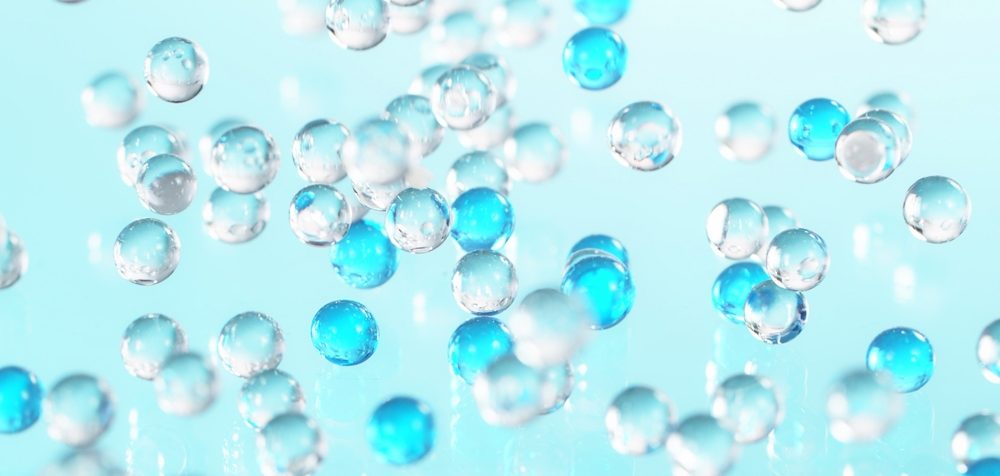
Researchers at the Dalian Institute of Chemical Physics (DICP) of the Chinese Academy of Sciences have developed an insoluble cellulose nanocrystal (CNC) hydrogel with high sensitivity to calcium ions. This could be an important breakthrough for use in sustainable cellulose sensors in wearable devices and biomedicine.
CNC has seen wide use in fields such as electronics, bioplastics, and energy, but its functional failure in wet or liquid environments has not made it feasible for use in applications such as biomedicine, membrane separation, environmental monitoring, and wearable devices.
To address this problem, the team – led by Professor Guangyan Qing – developed a simple and efficient method to create insoluble CNC-based hydrogels. By using intermolecular hydrogen bond reconstruction, they found that thermal dehydration enabled the optimized CNC composite photonic film to form a stable hydrogel network in an aqueous solution, rather than dissolve. They also observed that the hydrogel could be reversibly switched between dry and wet states and showed superb mechanical performance, which would be convenient for specific functionalization. The introduction of functionalized molecules by adsorption swelling in a liquid environment resulted in a hydrogel with freeze resistance (–20°C), strong adhesion, good biocompatibility, and highly sensitive and selective Ca2+ sensing. The material could act as a portable wearable patch on the skin for the continuous analysis of calcium trends during different physical exercises, for use in precision nutrition and health monitoring.
“This work is expected to facilitate the application of sustainable cellulose sensors to monitor other metabolites (i.e., glucose, urea, and vitamins, etc.),” said Prof. Qing. “It also lays the foundation for digitally controlled hydrogel systems operating in environment monitoring, membrane separation, and wearable devices.”
